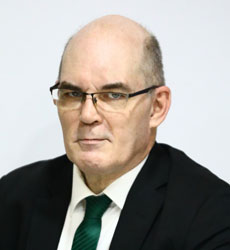GEOENGINEERING, or climate engineering, is a term used to describe large-scale manipulation of the environment in order to combat climate change, and, at least until someone dreams up some new ideas, it mainly comes in two flavors: atmospheric carbon capture and storage (CCS) and "solar radiation management" (SRM). There are a few others, but none have advanced as far as topics of conversation as these two. I like discussing bonkers concepts in energy and climate change development when I have the chance, so sit back and prepare for a little light entertainment.
CCS is a system by which atmospheric air is pulled through giant filters that extract carbon dioxide (CO2) and return the clean air to nature. The captured CO2 can then be "sequestered" in some fashion, usually by pumping it deep underground. SRM, on the other hand, involves releasing vast amounts of sulfur dioxide particles into the stratosphere, where they will reflect incoming sunlight and lead to a cooling of the atmosphere. The same thing happens in nature from time to time, albeit for relatively short periods and at a much smaller level than envisioned by SRM advocates, thanks to very large volcanic eruptions. The last eruption that was able to move the needle on Earth's temperature in this manner (for about a year) was Mount Pinatubo in 1991.
Register to read this story and more for free.
Signing up for an account helps us improve your browsing experience.
ContinueOR
See our subscription options.


